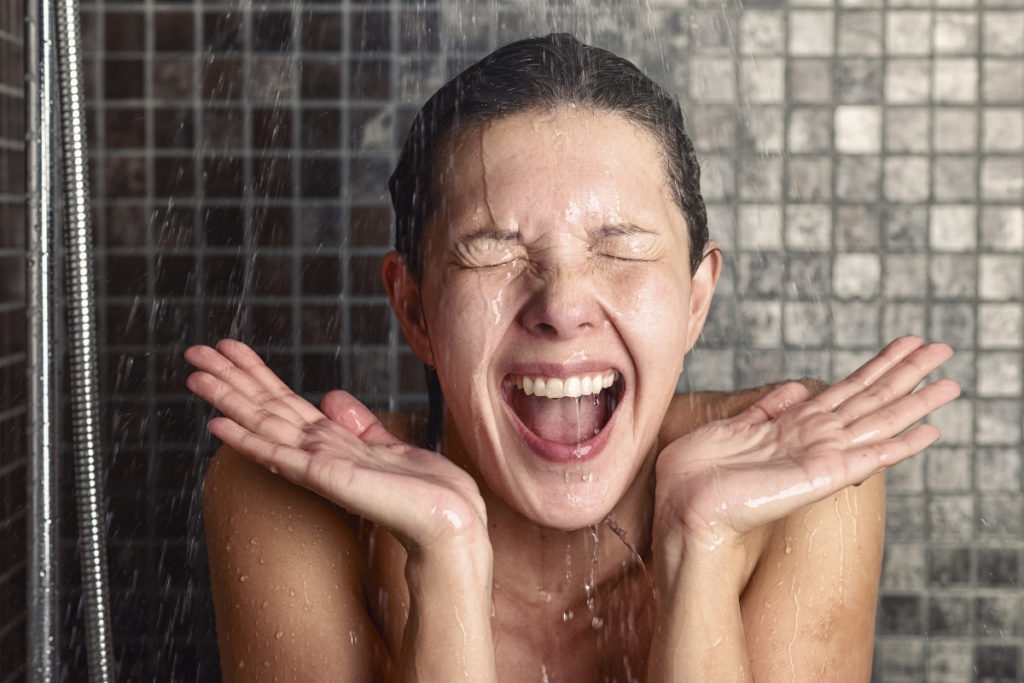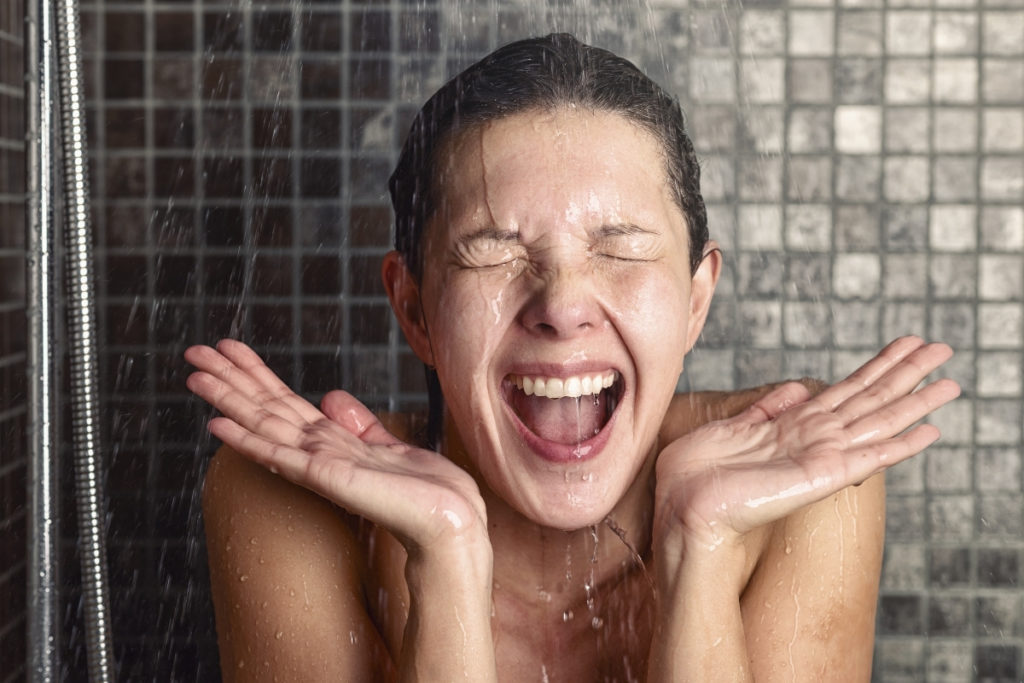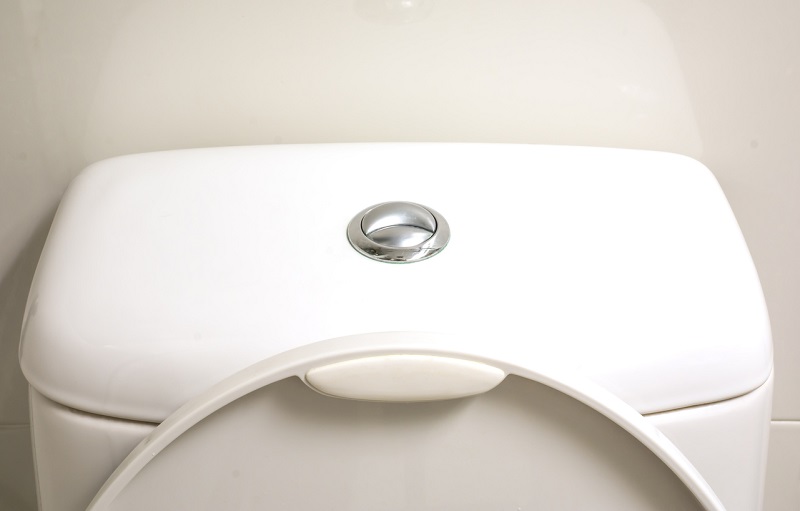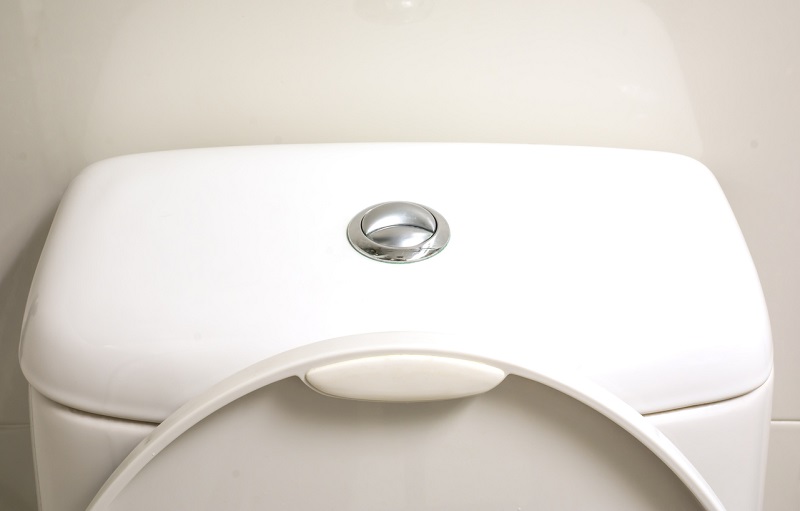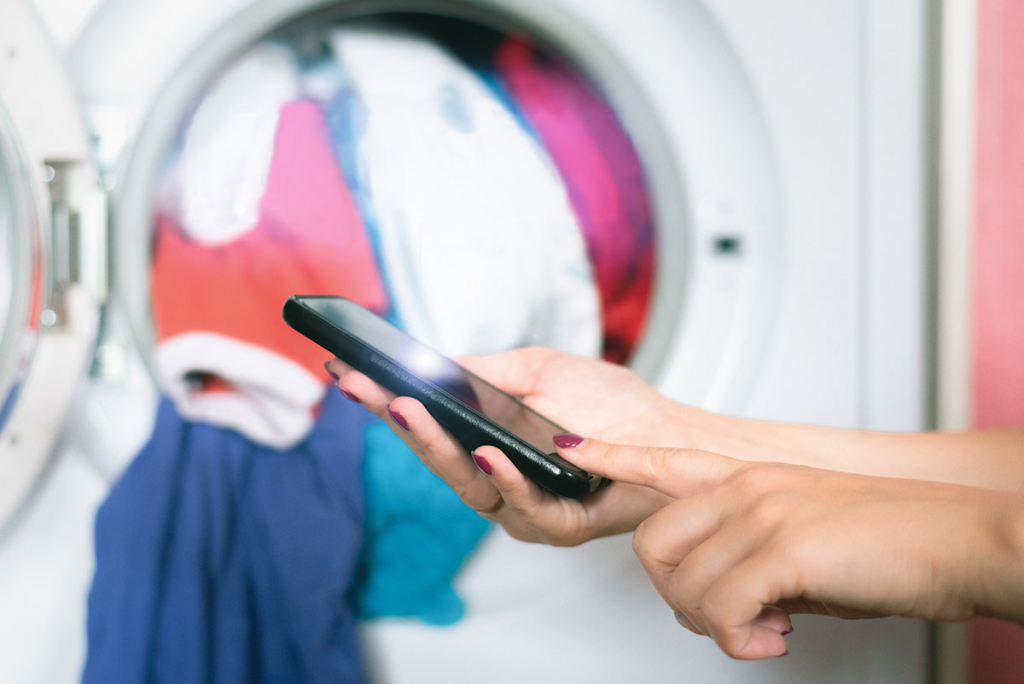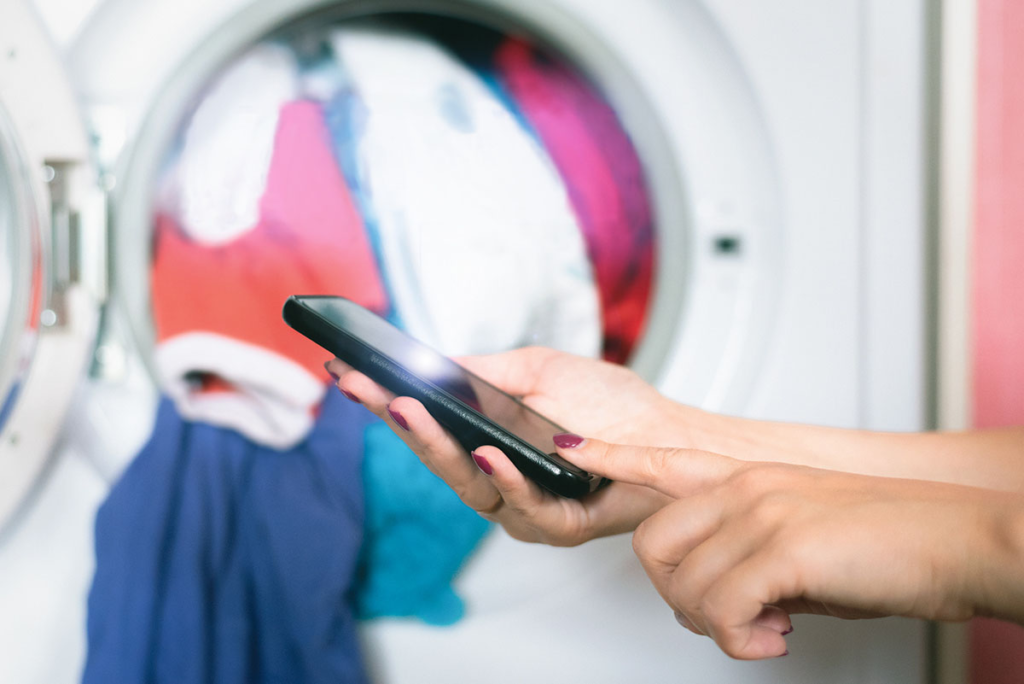When you have a plumbing inspection performed, you ensure the safety and functionality of your home’s pipes and drains. Plumbers check for clogs and leaks and plumbing fixtures and floors. They will also check for signs of water damage and flood risk. In addition, they will check for any signs of leaking or corroded pipes. If you suspect a problem with your plumbing, it is essential to call a professional Plumber Saratoga Springs.

A plumber can perform a plumbing inspection of a home or commercial property to determine whether issues are present. They will also check drainage systems and fixtures for damage or blockages. They will also check for any leaking or damaged pipes, as well as inspect the main water supply. The plumbing inspector will also check for signs of water damage indoors, as well. The inspection will also check to ensure all faucets, showers, and toilets have separate valves to prevent flooding.
The inspector will check the sewer and drainage systems, as well as the toilet and bathtub drains, for clogs. They will also inspect the vent pipes, which equalize air pressure and let sewer gases out. The plumbing inspector will also look for any signs of water damage in the home. Each fixture should have a separate valve to prevent any leakage. If you notice leaks, you can call a professional plumber to repair the problem.
The plumbing inspector will also check the drainage and sewer systems, as well as the fixtures. They will also check for leaks and damages. In addition to detecting leaks, they will also check for water damage and damages. If you notice any, you can contact a professional plumber to have them fix the problem. If the problem is not as severe, you can still call a plumbing company to fix the problem. It is worth the time and money to hire a professional and save yourself some money in the long run.
There are many other reasons to have a plumbing inspection. Before you buy a new home, be sure to have the plumbing check done in each room. In addition to identifying leaks, they will also check drainage systems. The sewer lines must be clear of debris to prevent overflow. The inspector will also check the vent pipe for clogs. It should be free of any obstructions. If it’s not, contact a plumber to inspect it.
A plumbing inspection includes a thorough examination of the drainage and sewer systems. The plumber will check the pipes for clogs and damage using a high-resolution video camera mounted on a flexible rod. The camera will send images back to the plumber in real-time and may be recorded for later viewing. A proper plumbing inspection should include all the plumbing parts of the home. If there are any leaks, the inspector will repair them as soon as possible.
In addition to the sewer line, the plumber will also check the drains and drainage systems. These pipes are often connected to appliances, including toilets, sinks, and bathtubs. The plumber will also examine the pipes of the kitchen, bathroom, and basement. The plumbing technician will check each area to ensure there are no leaks or clogs. In addition, he will check the drainage system to ensure there is enough water pressure to clean all the sinks in the house.
The plumber will also check the water pressure of the home. To have a good water pressure, the pipes should be between half an inch and a one-inch distance from the main source of water. During a plumbing inspection, the plumber will also check the lead pipes of the house, particularly if they were built before 1986. This environmental toxin is dangerous, and the inspector will make sure that they are removed or replaced if necessary.
In addition to the sewer line, plumbers will check the sinks, bathtubs, and drains to ensure that they are working properly. They will also check the vents, which are important for ventilation, to ensure that there is no water escaping from the home. A broken water supply valve can be a huge source of damage in the home. If you aren’t certain a certain pipe is clogged, it will be inspected by a professional.

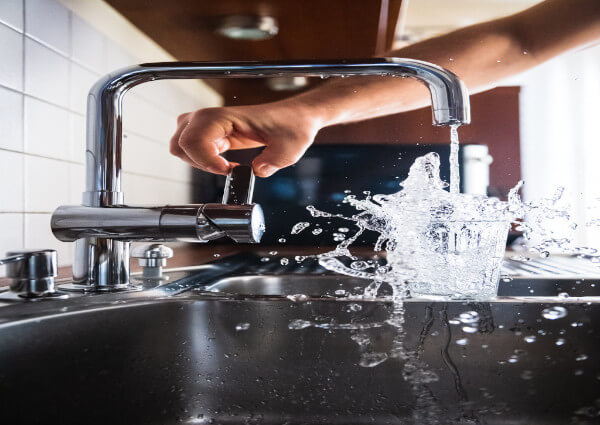
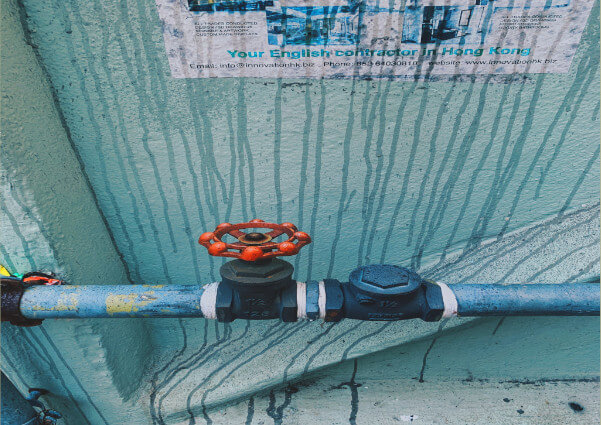
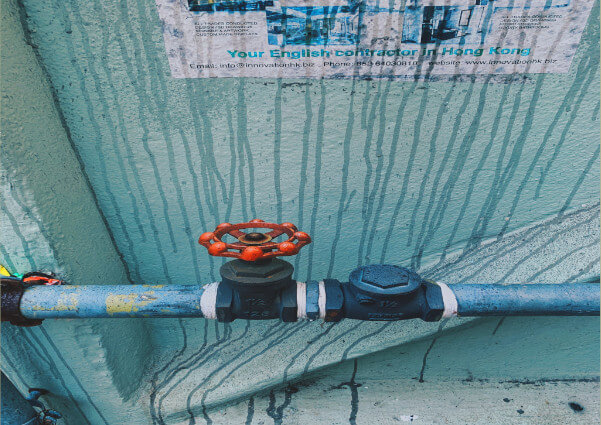 If you’re on the market for a new water heater system, then the main thing you need to decide is if you’re going to go for a tank or tankless model. Most people in our area go for a tank water heater system. This is more than likely what you’ve got at home right now. When it’s time to upgrade, most homeowners only consider getting an updated version of their current system. We want you to know that this isn’t your only option.
If you’re on the market for a new water heater system, then the main thing you need to decide is if you’re going to go for a tank or tankless model. Most people in our area go for a tank water heater system. This is more than likely what you’ve got at home right now. When it’s time to upgrade, most homeowners only consider getting an updated version of their current system. We want you to know that this isn’t your only option.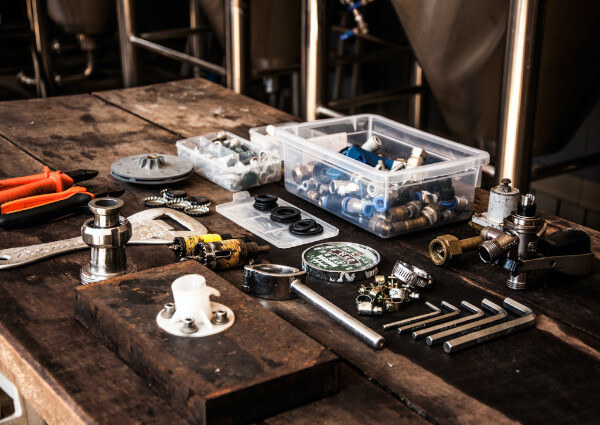
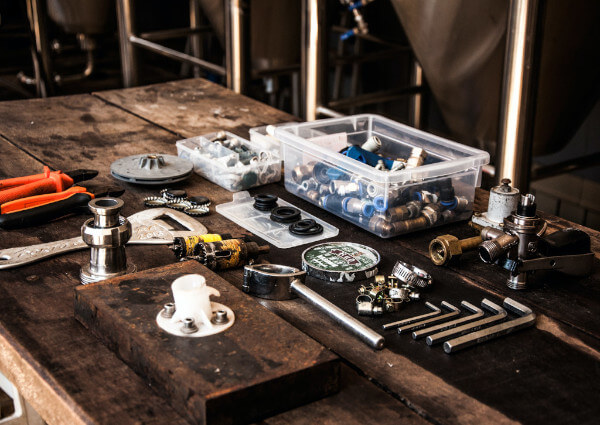
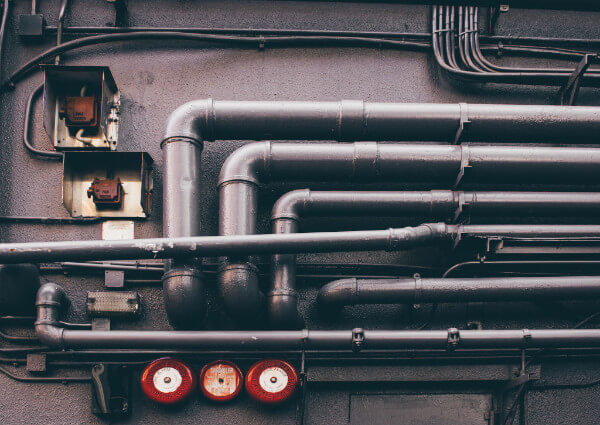
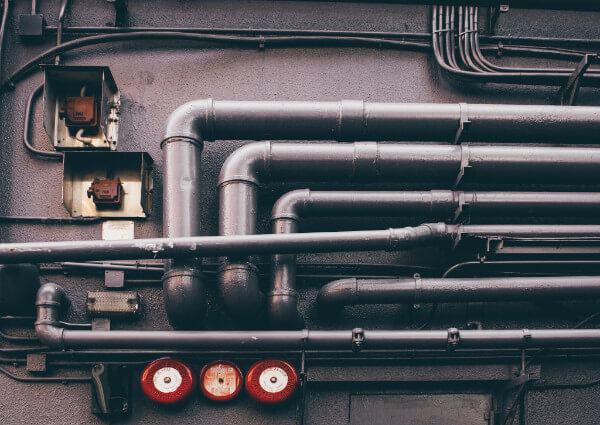 You’ve just purchased a new high-pressure rainfall showerhead. Now, the only thing that stands between you and relaxation is the old, calcified showerhead you want to replace — and it won’t budge! Don’t worry. Our expert team at Len The Plumber has put together this guide so that you can remove and replace your stuck showerhead like a pro. You’ll be relaxing in no time.
You’ve just purchased a new high-pressure rainfall showerhead. Now, the only thing that stands between you and relaxation is the old, calcified showerhead you want to replace — and it won’t budge! Don’t worry. Our expert team at Len The Plumber has put together this guide so that you can remove and replace your stuck showerhead like a pro. You’ll be relaxing in no time.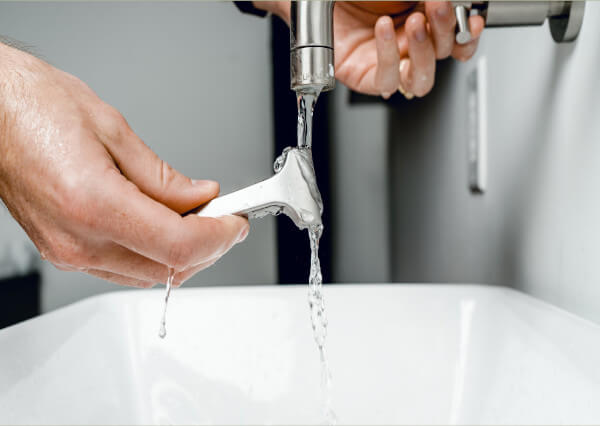
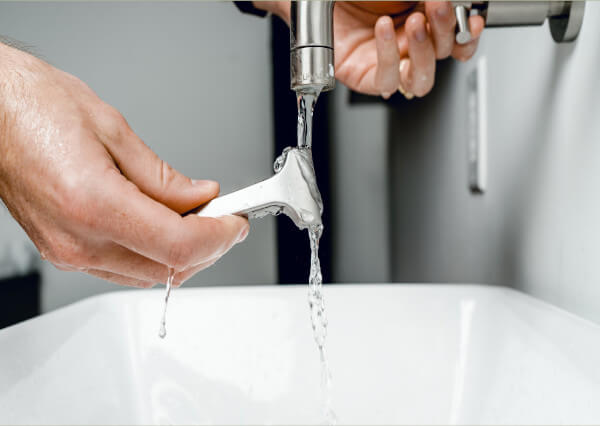 Garbage disposals are the power horse of the average kitchen. They suck away food waste, slurp up flat soda, and in general help make homes a little less wasteful and a little more eco-friendly.
Garbage disposals are the power horse of the average kitchen. They suck away food waste, slurp up flat soda, and in general help make homes a little less wasteful and a little more eco-friendly.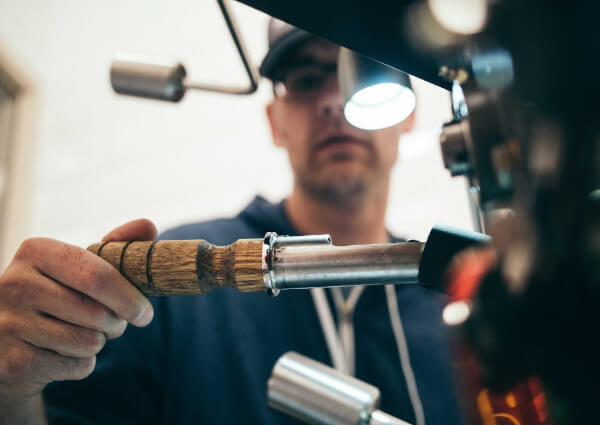
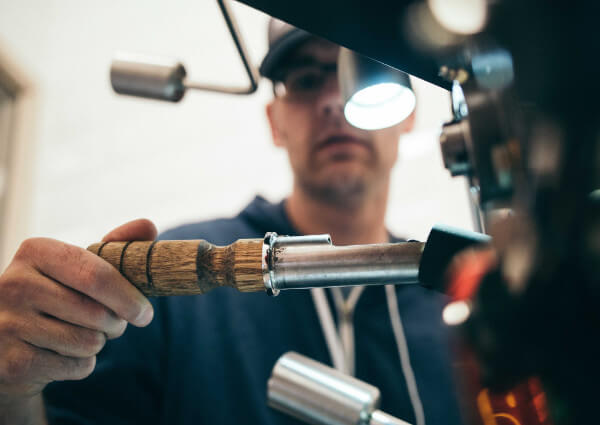 When temperatures outside dip, there’s nothing better than a hot shower to take off the winter chill. However, there are important reasons why you should lower the temperature on your home’s
When temperatures outside dip, there’s nothing better than a hot shower to take off the winter chill. However, there are important reasons why you should lower the temperature on your home’s 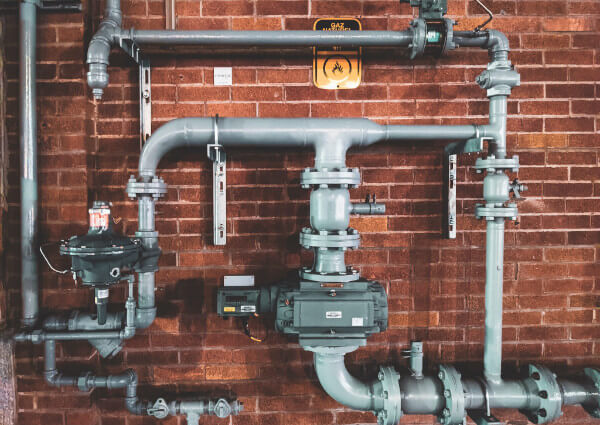
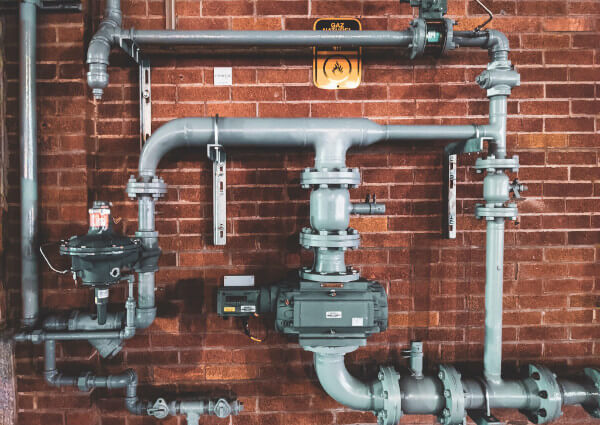 If we had to guess, we would say that it’s unlikely you think about your plumbing drains too often. That’s okay! Most folks don’t think about them at all—that is, until they have a stubborn clog or a smelly sink.
If we had to guess, we would say that it’s unlikely you think about your plumbing drains too often. That’s okay! Most folks don’t think about them at all—that is, until they have a stubborn clog or a smelly sink.